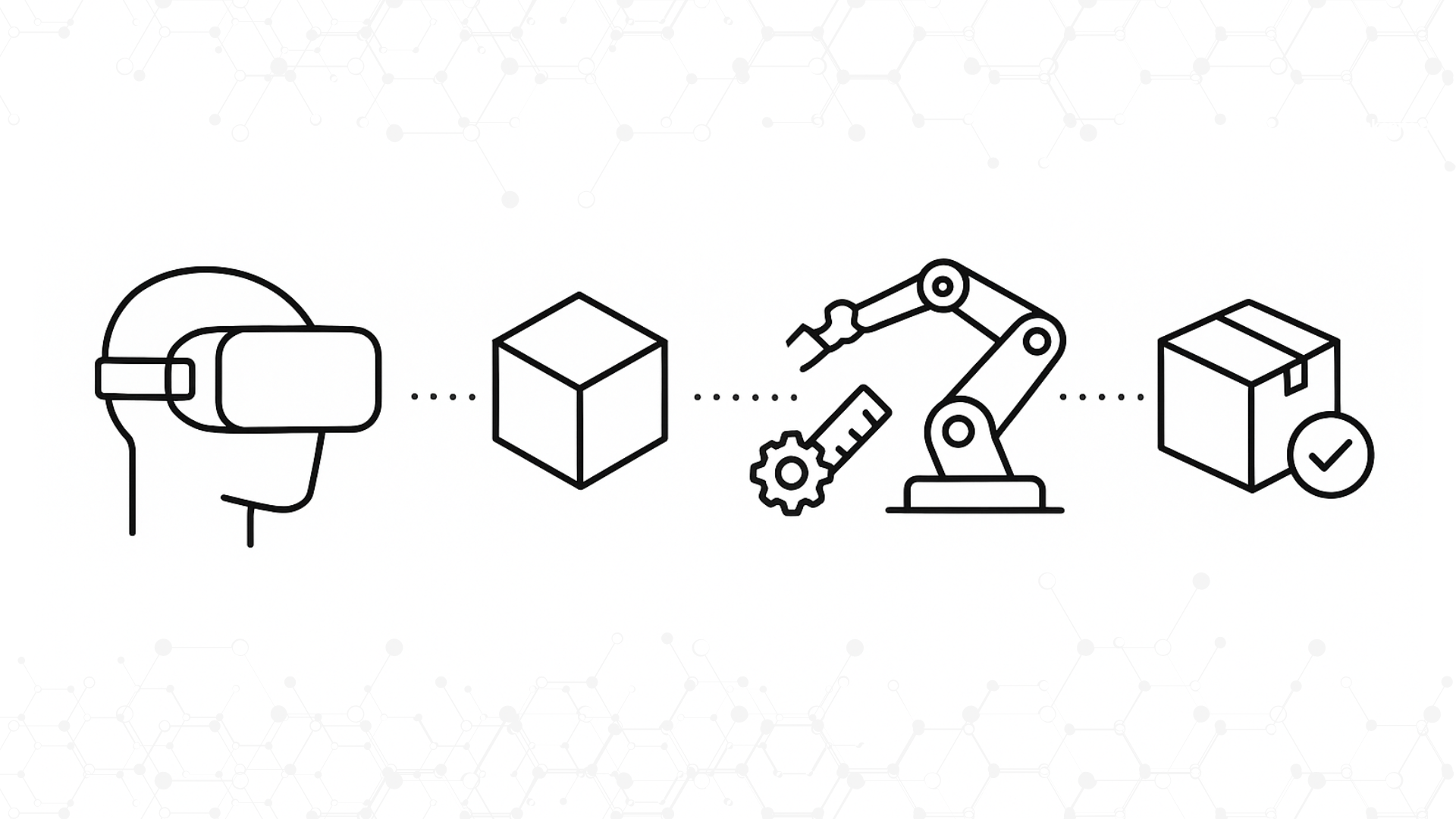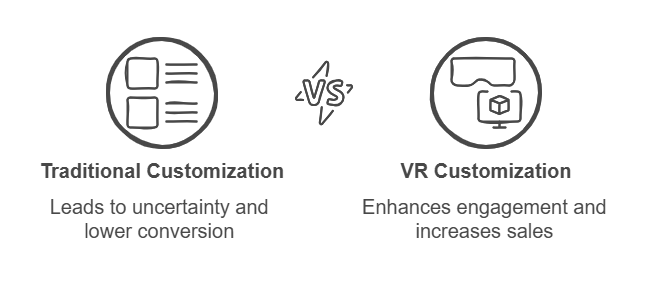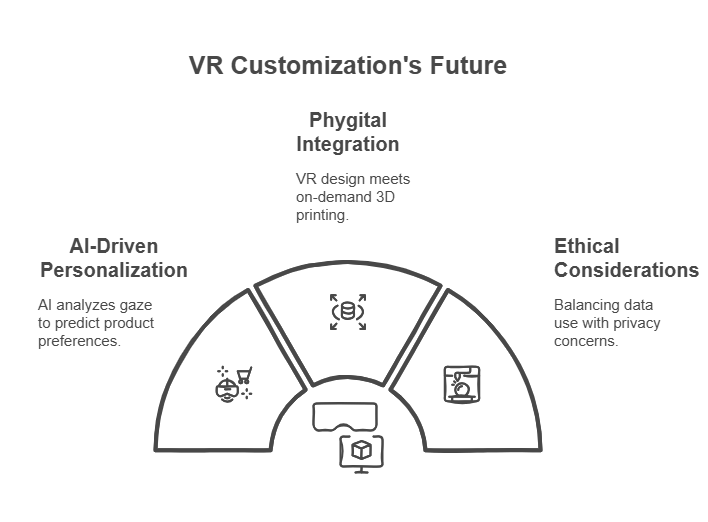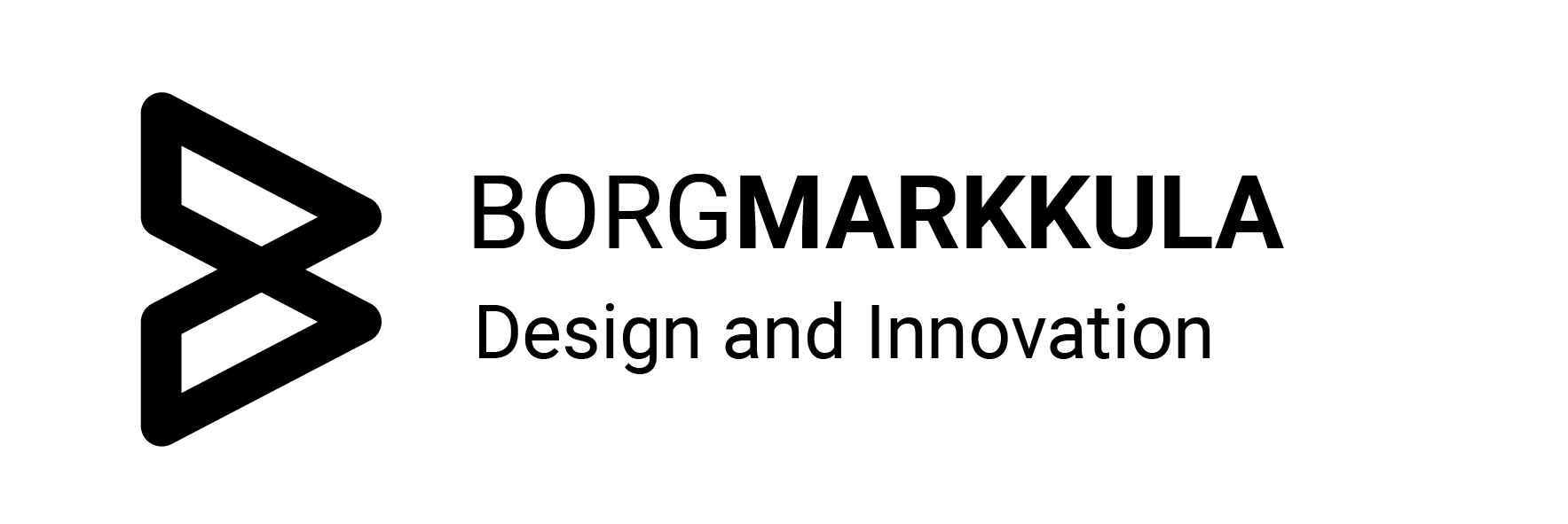
Why VR Will Power the Next Generation of Custom Product Pipelines
What if your customers could step inside your design studio, tweak products with their hands, and see their custom creations materialize in real time-all before a single physical prototype exists?
This isn’t science fiction. Virtual reality (VR) is rewriting the rules of product development, transforming passive buyers into active co-creators. Let’s dive into how VR-powered pipelines are turning customization into a collaborative, immersive, and profitable experience.
From “What You See” to “What You Shape”: The Rise of Immersive Co-Creation

Traditional product customization is broken. Dropdown menus, static images, and 2D configurators leave customers guessing: Will this couch fit my living room? Does this industrial valve align with our workflow?
VR flips the script. Imagine a luxury watch buyer rotating a 3D model in mid-air, adjusting the dial size and strap material while seeing real-time price updates. Or an engineer walking through a life-sized digital twin of a factory machine, modifying components with voice commands like, “Increase torque by 20%.” Even a homeowner can paint virtual walls in their living room via a VR headset, experimenting with finishes under different lighting conditions.
The result? Customers aren’t just choosing options-they’re designing with you. This collaboration isn’t just “cool”; it’s profitable. Brands using VR configurators are already seeing up to 40% higher conversion rates and 30% fewer returns because buyers know exactly what they’re getting.
Hyper-Personalization: How VR Reads Between the Lines
The more choices you offer, the more overwhelming it can become. VR cuts through the noise by merging customization with real-world context.
NVIDIA’s Project Mellon, an AI platform, allows users to modify VR environments using speech commands like “Make the car seat softer.” It instantly interprets intent and renders changes without requiring technical expertise. VR also gathers user data on interactions, revealing preferences that help brands predict trends, offer AI-powered suggestions, and streamline choices. This data allows businesses to understand customer behavior directly within the virtual product experience.
From Prototype to Production: The Seamless Pipeline
Historically, customization meant fragmentation: design teams worked in CAD tools, marketers built static renders, and factories struggled with last-minute changes. VR unifies these silos.
Now, real-time collaboration is possible. Teams in different time zones can meet in a shared VR space to review designs. Platforms like Autodesk VRED on AWS allow stakeholders to interact with photorealistic 3D models as if they’re physical objects. Adjust a product’s dimensions in VR, and AI tools like NVIDIA’s Omniverse automatically flag factory feasibility issues (“Error: This curvature can’t be molded”). Finalized designs generate production files, invoices, and assembly instructions-no manual handoffs.
The impact is real: a Forbes case study showed a medical device company slashed prototyping costs by 50% by using VR to test ergonomics with surgeons before manufacturing.
The Future: Where Will VR Take Customization Next?

Get ready for the next wave:
AI + VR = Predictive Personalization: Imagine a headset that analyzes your gaze and suggests products before you even speak. Early experiments, like AI-driven virtual assistants in Project Aurora, hint at this future.
Phygital Hybrids: Customers will tweak products in VR, then receive a rapid 3D-printed prototype within days. Brands like WASP are already blending VR design with on-demand manufacturing.
Ethical Customization: As VR evolves, so must our ethical frameworks. Brands must navigate customization responsibly to ensure immersive design tools remain customer-centric.
Final Thoughts
Businesses must quickly adopt VR customization to remain relevant. Outdated methods risk irrelevance as customers expect immersive experiences. Embracing VR boosts conversions, reduces returns, and fosters loyalty through personal, interactive, and memorable experiences. Investing in immersive pipelines and empowering customer co-creation is crucial for building lasting relationships.
The innovators of tomorrow are already demanding it. will you be ready to deliver?
Ready to see how VR can revolutionize your custom product pipeline?
Reach out to our team for a personalized demo or consultation-and take the first step toward immersive, future-proof customer experiences.
Want even more insights and inspiration?
Check out our LinkedIn, where we’ll be sharing exclusive carousels and updates on the latest in VR-powered customization. Tap into what industry leaders are already exploring.



